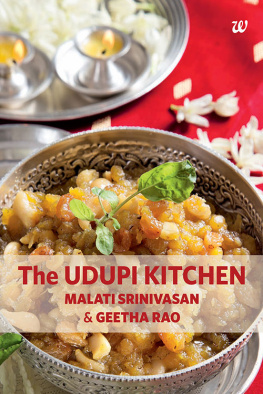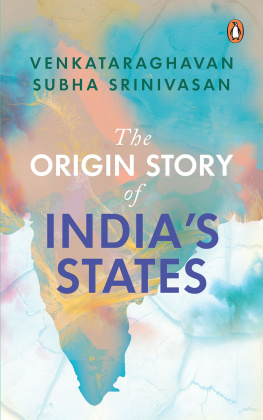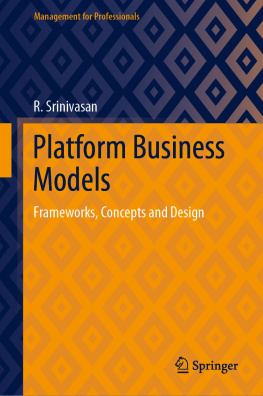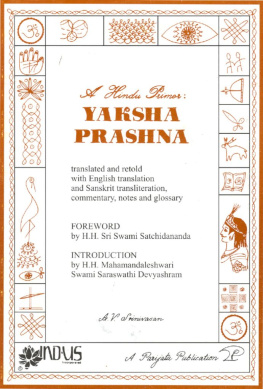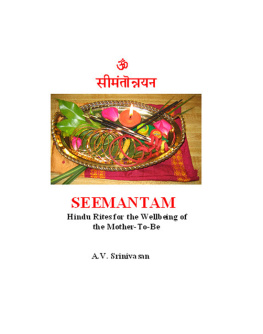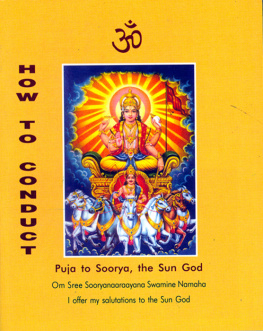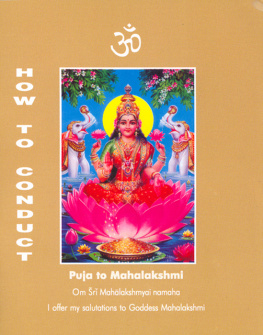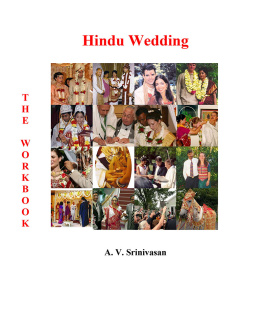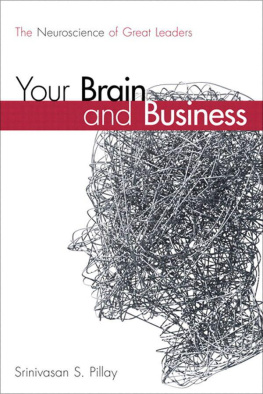Malati Srinivasan - The Udupi Kitchen
Here you can read online Malati Srinivasan - The Udupi Kitchen full text of the book (entire story) in english for free. Download pdf and epub, get meaning, cover and reviews about this ebook. year: 2015, publisher: Westland, genre: Home and family. Description of the work, (preface) as well as reviews are available. Best literature library LitArk.com created for fans of good reading and offers a wide selection of genres:
Romance novel
Science fiction
Adventure
Detective
Science
History
Home and family
Prose
Art
Politics
Computer
Non-fiction
Religion
Business
Children
Humor
Choose a favorite category and find really read worthwhile books. Enjoy immersion in the world of imagination, feel the emotions of the characters or learn something new for yourself, make an fascinating discovery.
- Book:The Udupi Kitchen
- Author:
- Publisher:Westland
- Genre:
- Year:2015
- Rating:5 / 5
- Favourites:Add to favourites
- Your mark:
- 100
- 1
- 2
- 3
- 4
- 5
The Udupi Kitchen: summary, description and annotation
We offer to read an annotation, description, summary or preface (depends on what the author of the book "The Udupi Kitchen" wrote himself). If you haven't found the necessary information about the book — write in the comments, we will try to find it.
The Udupi Kitchen — read online for free the complete book (whole text) full work
Below is the text of the book, divided by pages. System saving the place of the last page read, allows you to conveniently read the book "The Udupi Kitchen" online for free, without having to search again every time where you left off. Put a bookmark, and you can go to the page where you finished reading at any time.
Font size:
Interval:
Bookmark:

 westland ltd 61, II Floor, Silverline Building, Alapakkam Main Road, Maduravoyal, Chennai 600095 93, I Floor, Sham Lal Road, Daryaganj, New Delhi 110002 First published by westland ltd 2015 First ebook edition: 2015 Copyright Malati Srinivasan & Geetha Rao 2015 Inside photos copyright Sanjay Ramchandran 2015 All rights reserved ISBN: 978-93-85152-06-1 Typeset by: PrePSol Enterprises Pvt. Ltd. This book is sold subject to the condition that it shall not by way of trade or otherwise, be lent, resold, hired out, circulated, and no reproduction in any form, in whole or in part (except for brief quotations in critical articles or reviews) may be made without written permission of the publishers. To the loving memories of my late aunt, Padmavati Bai
westland ltd 61, II Floor, Silverline Building, Alapakkam Main Road, Maduravoyal, Chennai 600095 93, I Floor, Sham Lal Road, Daryaganj, New Delhi 110002 First published by westland ltd 2015 First ebook edition: 2015 Copyright Malati Srinivasan & Geetha Rao 2015 Inside photos copyright Sanjay Ramchandran 2015 All rights reserved ISBN: 978-93-85152-06-1 Typeset by: PrePSol Enterprises Pvt. Ltd. This book is sold subject to the condition that it shall not by way of trade or otherwise, be lent, resold, hired out, circulated, and no reproduction in any form, in whole or in part (except for brief quotations in critical articles or reviews) may be made without written permission of the publishers. To the loving memories of my late aunt, Padmavati Bai
my late husband, Cdr. B N Srinivasan
and my children, Lata Pada , Geetha Rao , Satish Srinivasan & Ramesh Srinivasan CONTENTS Authors Note My children have been the prime motivation for this cookbook. I have always enjoyed cooking different cuisines but they requested me to write down our familys traditional recipes so that it could be documented for posterity.
Malati Srinivasan My children have been the prime motivation for this cookbook. I have always enjoyed cooking different cuisines. But they wanted me to write down our familys traditional recipes so that it could be documented for posterity. The food they referred to, belonged to the Madhwa Brahmin community of Karnataka, who traced their origins to the temple town of Udupi, in coastal Karnataka. Soon word got around and my relatives and friends added their voices to a collective petition; everyone needed to benefit from this collection of tried and tested specialties. I think every cook and certainly every cookbook writer faces a dilemma: should family recipes and magic tips remain a secret, or should they be shared with the world? I decided to share my familys traditional knowledge with all food lovers.
As I began working on this project, I realized how vast and varied our familys repertoire of Udupi (Madhwa) cuisine was. I wrote down 175 recipes, but have used about a 100 of them in the book. Times have changed and many of the traditional food practices are perhaps not applicable or relevant. Modern conveniences have altered food preparation methods. I have welcomed them, particularly, where they save time and alleviate the drudgery of certain processes. These express methods have been included in the book for your ease as well.
I have also made some modifications to the recipes, adding onions, for instance, in some recipes, when I found it enhanced the flavour. Emotionally, my food memories are inextricably linked to my childhood, and I have enjoyed describing that by-gone era in this book. I was born into an orthodox Madhwa Brahmin joint family and spent my childhood years in Bangalore (now Bengaluru). I can still recall how my aunt, Padmavati Bai affectionately called Athi by the children, initiated me into the magic of cooking. Aunt Athi was a simple housewife, whose world was her family and the kitchen. In our home, dawn was signalled by the sound of tinkling cowbells; the milkmans arrival with his milch cow in tow, sometimes accompanied by a newlybirthed calf.
The tethered cow was milked in front of our home, straight into the milk vessel. It was the responsibility of the household member supervising the milking, to ensure that no water had been added to the vessel, a matter that was often a subject of animated argument. The milk was boiled on an electric heater in the dining room, after which coffee was made. Making the coffee decoction was a process, where coffee powder was put into a piece of long cloth, placed on the mouth of a vessel, over which boiling water was poured. Over years, happily, a brass or coffee filter was used, that made a thicker version of the decoction. After her bath in the morning, Aunt Athi wore a fresh sari and blouse that had been washed and dried on a horizontal pole hung below the dining room ceiling, adjoining the kitchen.
She was now, madi ritually pure and eligible to enter the kitchen to cook the food for the day. South Indian Brahmins followed a strict regimen of ritual purity that was particularly rigorous, when it came to food. The considerations of food hygiene, contamination and lack of preservation facilities like refrigeration, were perhaps some of the major reasons that influenced these practices. Foods that were cooked were considered musure not to be mixed with non-cooked ones. All cooked food had to be consumed the same day. Whatever was left over at the end of the day was distributed amongst the domestic staff.
There was, therefore, no place for any stale food in the home. The foods that were exempt from this restriction were mailige foods, like milk and milk productsghee and butter as well as fresh vegetables, fruits and dry groceries. Emotionally, my food memories are inextricably linked to my childhood, and I have enjoyed describing that by-gone era in this book. I was born into an orthodox Madhwa Brahmin joint family and spent my childhood years in Bangalore (now Bengaluru). I can still recall how my aunt, Padmavati Bai affectionately called Athi by the children, initiated me into the magic of cooking. The pride of place in the kitchen was the hearth that housed the vole , the wood-fire fuelled stove and agisthge , the iron charcoal brazier.
Before she started cooking, Athi decorated the hearth with a rangoli , a rice flour pattern, a ritual act of paying obeisance and thanksgiving to the hearth, the nerve center of a home. She would then coax the firewood and charcoal stoves into flames with the help of a little kerosene oil. The utensil in which the long-cooking lentils were cooked, were placed on the firewood stove, whereas woks and other utensils used for roasting spices, steaming vegetables and cooking rice, were placed on the charcoal stove. The utensils were made of bell metal, bronze and copper; aluminium vessels were not used in Brahmin homes. An important kitchen implement was the eelgemane , a curved knife-blade, crowned with a serrated coconut grater, mounted on a wooden block, with which vegetables were dexterously peeled, sliced and cut, and fresh coconut grated. Ladles, wooden buttermilk churners, iron pestle and mortars were other kitchen aides.
Spicescoriander seeds, husked split bengal and black grams, whole black peppercorns, whole, dried, red Byadige chillies, (a special wrinkled variety grown in northern Karnataka that lends a rich, red colour to foods), cumin seeds and asafoetidawere stored in wooden and slate jars and ground into spice pastes with stone grinders. Spices were always hand-pounded into powders with iron pestles and mortars, whereas pickles were stored in bharinis , muslincovered, ceramic jars. My uncle did the grocery shopping, with vegetables bought on a daily basis and carried home in cloth bags. In the absence of paper and plastic bags, dry groceries were wrapped in old newspapers, sometimes delivered by a young boy from the market in a wicker basket. Menus consisted of rice with saaru, a spicy peppery soup, hulis and kootus, lentils cooked with vegetables and laced with thick tamarind juice and freshly ground spice pastes or spice powders. Accompaniments were palyas, steamed vegetables like, brinjals, pumpkins, gourds and English vegetables like potatoes, carrots and French beans.
Onions and garlic were eschewed, presumably as they were not considered satvik (pure) foods. I watched Athi cook, from the dining room door, careful not to get into the way, lest her ritual purity got affected. I watched how she measured the spicesa fistful of coriander seeds, a lemon-sized ball of tamarind, a tumbler of lentils, or a pinch of asafoetida, or a cigarette tin of riceI have a particular memory of the 777 brand tin. Whilst there were some measuring tools, these were the most common measuring practices. There were no set recipes, but a system of approximation based on intuition and experience. Yet there was consistency on almost all days.
Next pageFont size:
Interval:
Bookmark:
Similar books «The Udupi Kitchen»
Look at similar books to The Udupi Kitchen. We have selected literature similar in name and meaning in the hope of providing readers with more options to find new, interesting, not yet read works.
Discussion, reviews of the book The Udupi Kitchen and just readers' own opinions. Leave your comments, write what you think about the work, its meaning or the main characters. Specify what exactly you liked and what you didn't like, and why you think so.

